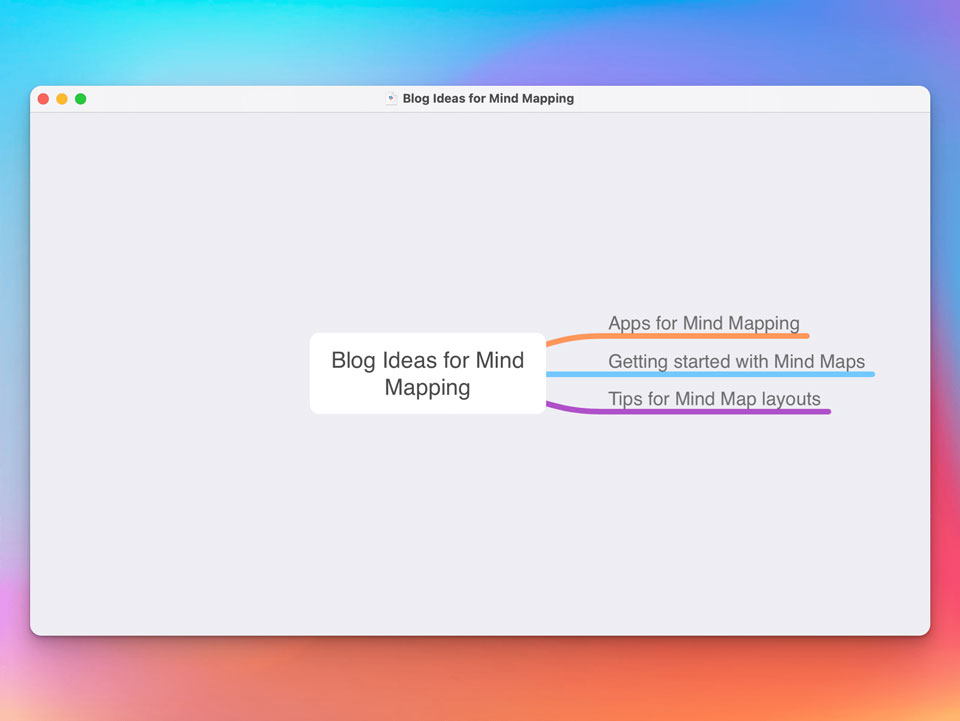Mind mapping. Have you heard of it? A simple yet effective way to visually organize your thoughts and ideas. It’s like a tree, with the main idea at the root and branches representing related concepts. I started using it recently and it has revolutionized the way I brainstorm and plan.
To get started with mind mapping, all you need is a pen and paper (or whiteboard and markers if you want to get fancy). Write down your main idea in the center of the page and then draw branches off of it, adding in related ideas to each branch. There are no strict rules to follow, just do what works best for you and your way of thinking. Some people like to use colors and images, while others prefer to stick with pen and paper.
Mind mapping can be used for just about anything – from planning a vacation to studying for an exam. The possibilities are endless. Give it a try and see how it can help you organize your thoughts and ideas. You won’t be disappointed.
Start Mind Mapping Step-by-Step
Are you feeling overwhelmed with all the ideas and information swirling around in your head? It’s time to try mind mapping. With this simple yet effective tool, you can visually organize your thoughts and ideas, making it easier to brainstorm, plan, and even study.
Here’s a step-by-step guide to getting started with mind mapping:
- Gather your materials. All you need is a pen and paper (or a whiteboard and markers if you want to get fancy).
- Write down your main idea in the center of the page. This is the root of your mind map.
- Draw branches off of the main idea, representing related thoughts and concepts.
- Add details to each branch. These can be words, phrases, or even images if you prefer.
- Continue building out your mind map, adding as many branches and details as you need.
Remember, there are no strict rules when it comes to mind mapping. Just do what works best for you and your way of thinking. Some people like to use colors to represent different ideas, while others prefer to stick with plain pen and paper. Whatever works for you, go with it!
Give mind mapping a try and see how it can help you organize your thoughts and ideas. You’ll be amazed at how effective it can be.
Working with Mind Mapping Apps
If you’re a fan of mind mapping, then you’ll be happy to know that there are plenty of apps out there that can help you create mind maps on the go. These apps are great for people who are always on the move and need a quick and easy way to organize their thoughts and ideas.
So, what are the best mind mapping apps out there? Here are a few of our favorites:
- MindMeister: This app allows you to create beautiful mind maps on your phone or tablet. It has a simple interface that makes it easy to add branches and details, and you can even collaborate with other users in real time.
- MindNode: If you’re looking for a minimalist approach to mind mapping, then MindNode is the app for you. It has a clean interface and a variety of customization options, making it easy to create mind maps that are as simple or as complex as you need.
- XMind: This app is great for people who want a more feature-rich mind mapping experience. It has a wide range of templates and styles to choose from, and you can even import and export mind maps to other apps.
No matter which app you choose, mind mapping can be a powerful tool for organizing your thoughts and ideas. Give one of these apps a try and see how it can help you stay on top of your tasks and projects.


